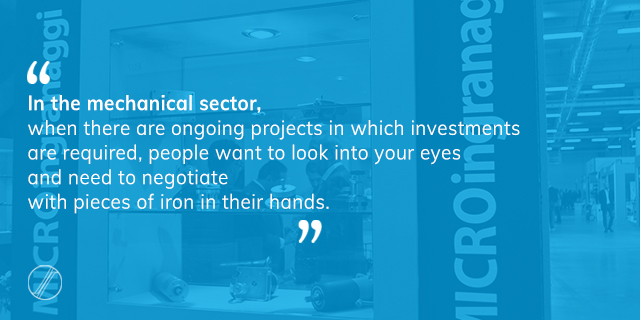There are dozens of Italian businesses (historic and unknown) which have been taken over foreign enterprises or funds. The thing is that, more often than not, these transactions trigger endless discussions that inevitably become controversial.
Here’s a couple of examples.
In 1998 Audi took over Lamborghini. A few years later the press quoted:
“Lamborghini, a turnover of one billion euro. In 2017 the Sant’Agata enterprise saw a 10% rise in sales compared to the previous year. The increase follows the growth trend that is enjoying its seventh consecutive year, with triple the figures reported in 2010 (1,302 units)”:
And again:
In 2012 Audi took over Ducati. A few years later the press quoted:
“Ducati: turnover in 2017 reaches 736 million, +30% in five years”.
Generally speaking, the transactions where Italian enterprises are taken over by foreign groups or trusts are viewed negatively, regardless.
As if it were the downfall, or even a disgrace for our country.
And, inevitably, the responsibility (which ends up being viewed as a fault) falls on the politicians who, with exorbitant taxes, indirect labour expenses and excessive red tape – make life impossible for the companies.
Yet, if you think about it, when a business exchanges hands or is bought out, this generally impacts the economic results as well. And, more often than ever, the impact is positive (increase in productivity rates, growth in market shares and so on).
This is the case for enterprises such as Lamborghini and Ducati (which, as I said, are just two of the many examples I could mention) which, whilst they had formerly been on the brink of bankruptcy, flourished once again after the take-over, multiplying turnover and profits, recruiting new staff and paying taxes and contributions to the Italian state as the production units remained in Italy.
Yet it is not possible to generalize. There are also cases where the take-over went very wrong.
But when things do go well, we should ask ourselves:






